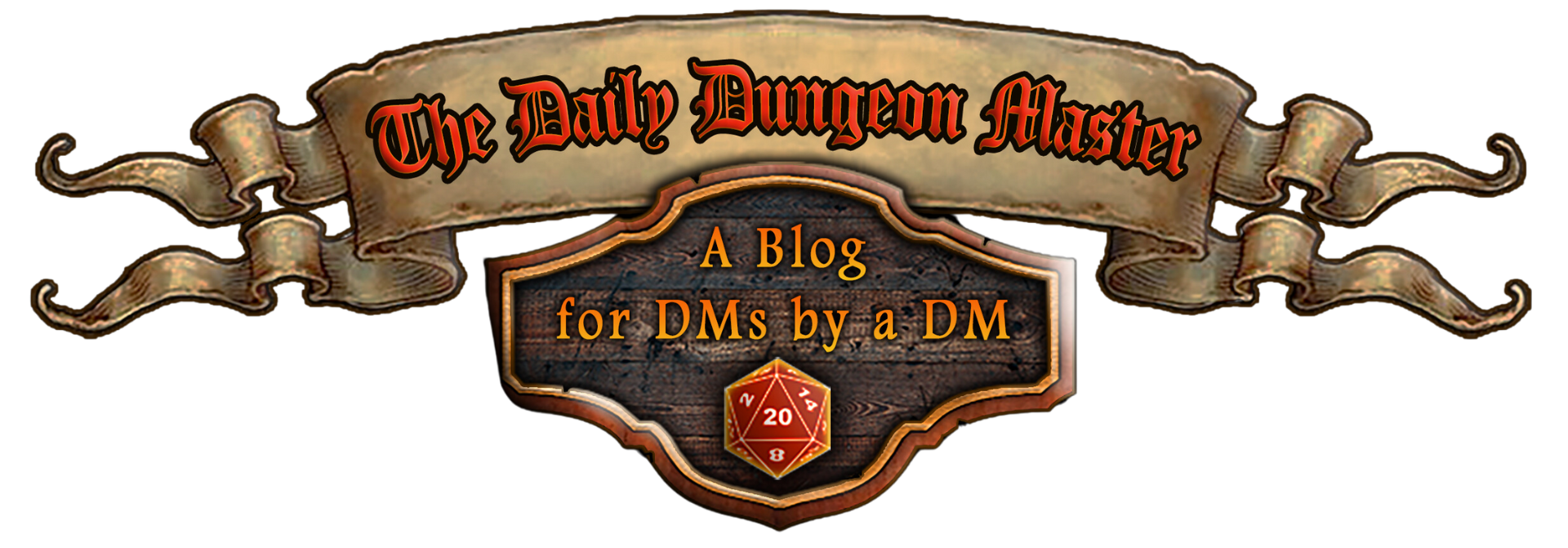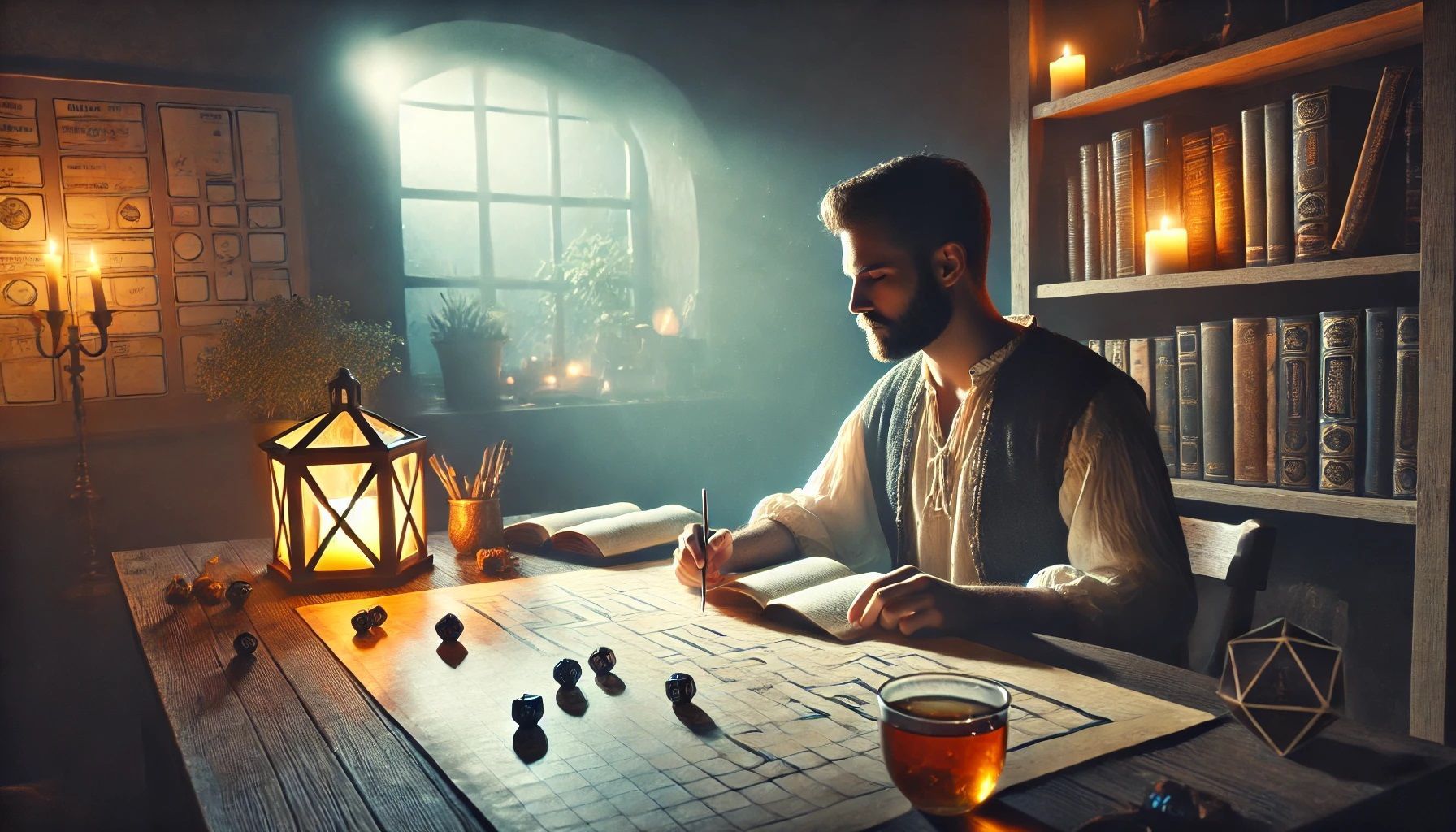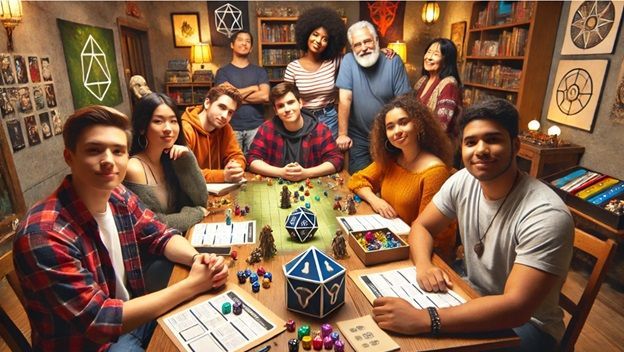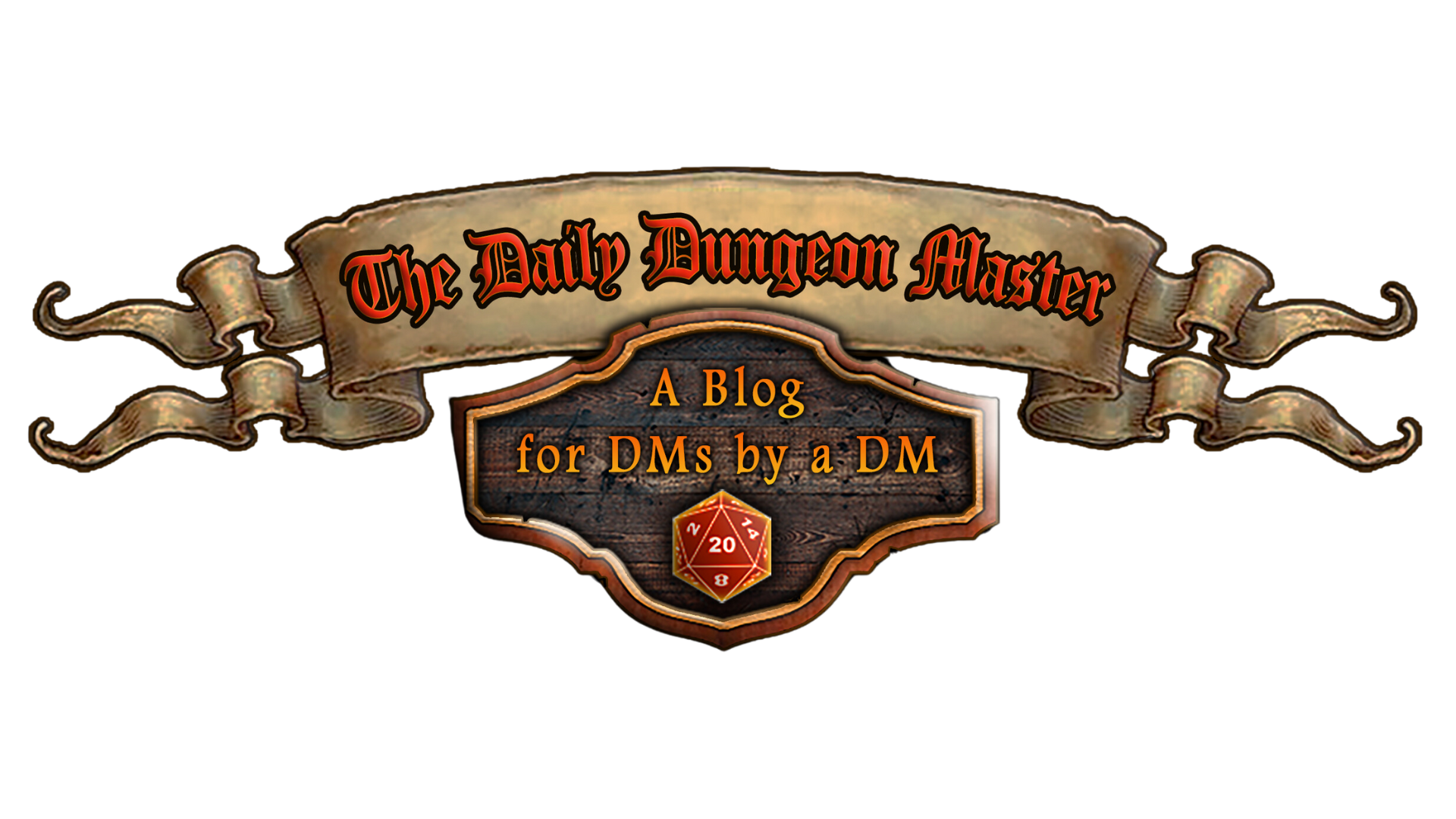DM’s Toolbox: Quick Solutions for Common Player Challenges
DM’s Toolbox: Quick Solutions for Common Player Challenges

Dear Readers,
Every Dungeon Master (DM) knows the thrill and chaos that comes with running a Dungeons & Dragons game. No matter how meticulously you plan your sessions, the unpredictable nature of players ensures that surprises are inevitable. From unexpected player actions to party conflicts and stalled sessions, these moments can challenge even the most seasoned DMs.
This guide is your toolbox—a collection of practical solutions and strategies to handle the common challenges you’ll encounter as a DM. With a little creativity and flexibility, you can turn potential hurdles into opportunities for richer storytelling and player engagement.
Challenge #1: Players Go Off the Rails
No campaign survives contact with the players. Maybe they bypass your lovingly crafted dungeon, ally with the villain, or decide to open a bakery instead of chasing the dragon. What’s a DM to do?
Solution 1: Say Yes, But Add Consequences
Rather than shutting down player creativity, lean into their choices by allowing their plans to succeed—but with strings attached. For example:
- Scenario: Players ally with the villain.
- Response: The villain accepts their help but manipulates them into committing morally questionable acts, forcing them to reconsider their alliance.
Solution 2: Redirect with a New Hook
When players stray too far from the intended path, introduce a compelling reason to guide them back:
- A beloved NPC is captured.
- A natural disaster threatens their safe haven.
- A rival group takes on the quest they abandoned, creating tension and urgency.
Solution 3: Improvise and Adapt
Keep a few generic encounters or settings in your back pocket to adapt to unexpected detours. For example:
- A hidden shrine or treasure map in the wilderness.
- A wandering merchant with vital information.
Challenge #2: Stalled Sessions
Sometimes, the energy in a session stalls. Players might be indecisive, distracted, or overwhelmed by options.
Solution 1: Introduce a Timely Event
Break the stalemate by introducing a sudden, external event:
- A fight breaks out in the tavern.
- A messenger bursts in with urgent news.
- A mysterious fog rolls in, obscuring vision and creating tension.
Solution 2: Use Leading Questions
Encourage players to engage by asking open-ended questions that prompt action:
- "What’s your character doing while everyone is debating?"
- "How does your character feel about this situation?"
- "What’s your next move?"
Solution 3: Offer a Gentle Nudge
Sometimes players just need a bit of guidance:
- Introduce an NPC who offers advice or information.
- Use environmental clues, like footprints or sounds, to point them in a direction.
Challenge #3: Party Conflict
Disagreements between characters (or players) can derail a session. While in-character conflict can enrich the story, it’s important to keep it constructive.
Solution 1: Set Expectations Early
During your session zero, establish boundaries for character interactions. Emphasize that while in-character conflict is fine, players should respect each other’s agency.
Solution 2: Mediate Tensions
If conflicts escalate:
- Pause the game and check in with the players involved.
- Ask questions to help them understand each other’s perspectives.
- Encourage compromise, such as splitting the party briefly to pursue separate goals.
Solution 3: Use External Pressure
Shift the focus outward by introducing a threat that requires teamwork:
- A shared enemy ambushes the party.
- A time-sensitive event forces them to cooperate.
- An NPC ally intervenes to mediate the conflict.
Challenge #4: Rules Disputes
Even the most experienced groups will occasionally run into disagreements about the rules.
Solution 1: Make a Quick Ruling
When disputes arise mid-game, make a temporary ruling to keep the session moving. Afterward, research the rule and clarify it for future sessions.
Solution 2: Use the Rule of Cool
When in doubt, prioritize fun and storytelling over strict adherence to the rules. If a player has a creative idea, consider letting it work if it enhances the game.
Solution 3: Delegate to a Rules Expert
If one of your players knows the rules well, ask for their input. This can speed up resolutions and ensure fairness.
Challenge #5: Players Split the Party
Splitting the party is a classic trope, but it can create logistical challenges for the DM.
Solution 1: Keep Both Groups Engaged
Alternate between groups frequently to ensure everyone stays involved. Use cliffhangers at key moments to heighten tension and maintain interest.
Solution 2: Reunite Them Quickly
Find a natural way to bring the party back together:
- Both groups encounter the same threat from different angles.
- One group follows a trail that leads to the other.
- An NPC intervenes to redirect them to a shared location.
Solution 3: Simplify the Splits
If the split persists, focus on one group while summarizing the other’s actions. For example:
- "While Group A explores the temple, Group B secures provisions in town."
Challenge #6: Unexpected Player Deaths
Sometimes, the dice decide that a character’s story ends prematurely. Handling player deaths requires sensitivity.
Solution 1: Respect the Moment
Make the death meaningful:
- Highlight the character’s sacrifice or bravery.
- Allow the other players to react and mourn in-character.
Solution 2: Offer Options for Resurrection
If the player wants their character back, introduce ways to reverse the death:
- A divine quest to retrieve their soul.
- A powerful NPC offering resurrection—for a price.
- A rare ritual requiring specific components.
Solution 3: Encourage New Characters
If resurrection isn’t an option, help the player create a new character who can naturally join the party.
Challenge #7: Unpredictable Roleplay Choices
Players sometimes make roleplay choices that complicate the story, such as attacking an NPC ally or refusing an important quest.
Solution 1: Play to Consequences
Let the players’ actions have logical outcomes:
- An ally they attacked might become an enemy.
- Refusing a quest could lead to someone else taking it, with dire results.
Solution 2: Introduce Redemption Opportunities
Give players a chance to fix their mistakes:
- The spurned NPC offers a second chance—at a higher cost.
- The consequences of their actions force them to reconsider and make amends.
Solution 3: Adapt the Plot
Be flexible and adjust your story to fit their choices:
- The villain takes advantage of their refusal to advance their plans.
- A new ally emerges to fill the void left by the rejected quest.
Challenge #8: Players Overprepare or Overthink
Analysis paralysis can bog down the game when players spend too much time planning.
Solution 1: Add Urgency
Introduce a time constraint to force decisive action:
- A ticking clock on a bomb or spell.
- An approaching enemy force.
Solution 2: Give Clear Information
Players often overthink due to a lack of clarity. Provide additional context or hints to guide their decisions:
- "You’re confident that the door’s trap mechanism is magical."
- "The tracks are fresh, suggesting the bandits are nearby."
Solution 3: Reward Action
Encourage players to act by making early decisions rewarding:
- The rogue’s impulsive lockpicking uncovers treasure.
- A direct attack reveals a weak point in the enemy’s defenses.
Challenge #9: Players Miss Key Clues
If players overlook important information, it can stall progress or derail your story.
Solution 1: Reintroduce the Clue
Find a natural way to reintroduce missed information:
- An NPC provides a hint during conversation.
- The players discover a journal, map, or note with the necessary details.
Solution 2: Reward Investigation
Encourage exploration and creativity by making clues accessible through multiple methods:
- A perception check might reveal physical evidence.
- Insight checks could uncover NPC motives or lies.
Solution 3: Use Redundancy
Plant multiple clues for critical information so the players are less likely to miss it.
Challenge #10: Uneven Player Spotlight
Sometimes, one player dominates the game, leaving others feeling left out.
Solution 1: Rotate Focus
Structure encounters and roleplay opportunities to highlight different characters’ strengths:
- A combat encounter tailored for the barbarian.
- A social encounter where the bard shines.
- A puzzle that requires the wizard’s intelligence.
Solution 2: Encourage Team Dynamics
Foster collaboration by creating situations where players must rely on each other:
- A door requires both the rogue’s lockpicking and the fighter’s strength to open.
- A split puzzle where the party must work in pairs.
Solution 3: Speak Directly to Players
Check in with quieter players outside of the game:
- "Are there any story elements you’d like to explore?"
- "What kind of encounters would you enjoy in the future?"
The Golden Rule: Be Flexible and Have Fun
No matter what challenges arise, remember that the ultimate goal of D&D is for everyone to have fun. Stay adaptable, communicate openly with your players, and embrace the unpredictability of the game. The more you lean into these moments, the richer your storytelling becomes.
Until next time, Dear Readers...
All Rights Reserved | The Daily Dungeon Master











